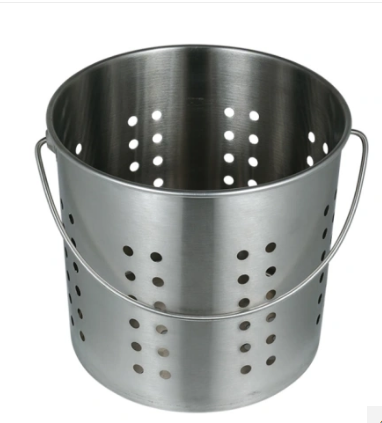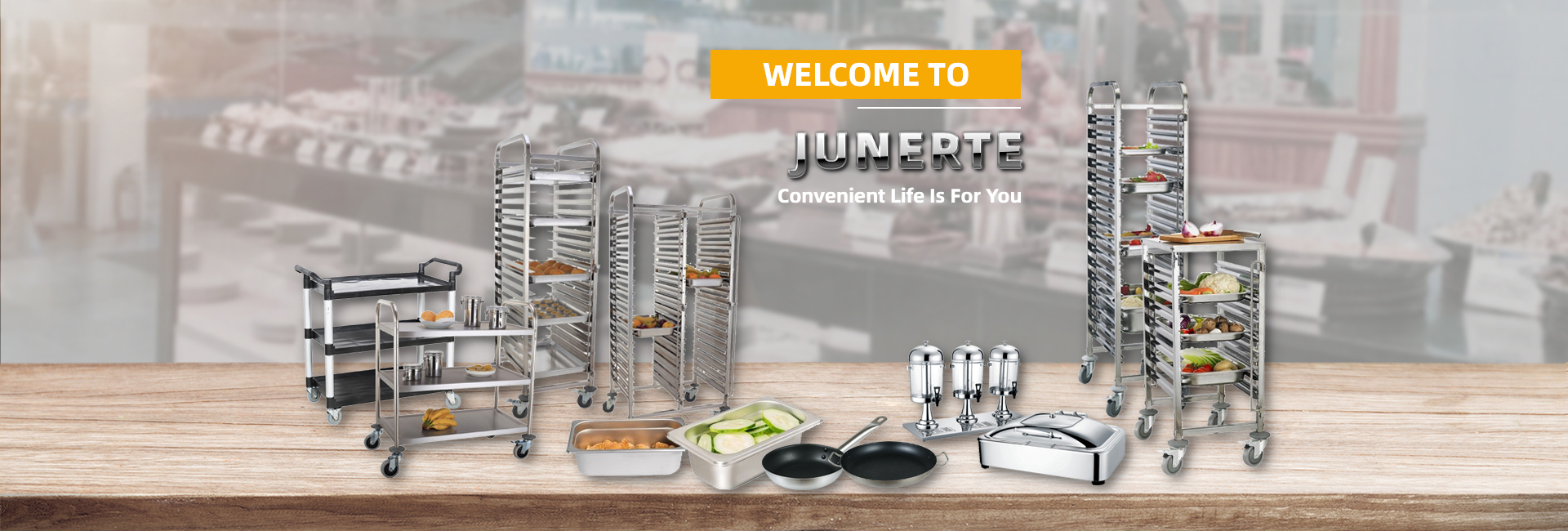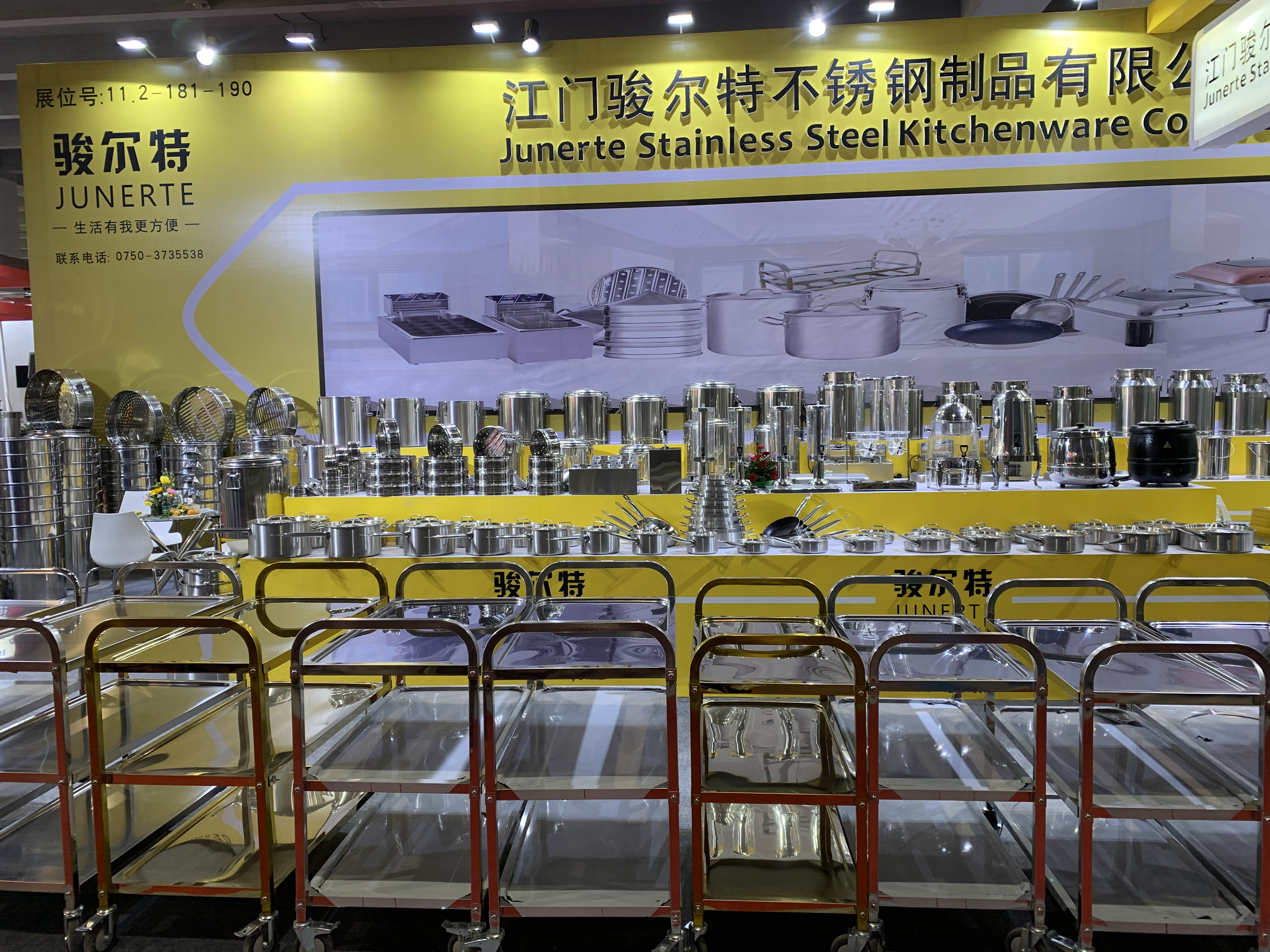How to Properly Vent a Stainless Steel Strainer Bucket
Stainless Steel Strainer Buckets are designed for a variety of applications, from straining liquids to filtering solids. These sturdy and durable buckets are made of high-quality stainless steel, which makes them resistant to corrosion and rust. However, even with their superior construction, it's still essential to properly vent the bucket to ensure it functions correctly.

Here are some simple steps to help you properly vent a Stainless Steel Strainer Bucket: Step 1: Identify the Vent Location First, locate the vent location on your stainless steel strainer bucket. The vent is typically located near the top of the bucket, and it may be covered by a cap or plug. Remove the cap or plug to access the vent. Step 2: Attach a Hose Once you've located the vent, attach a hose to the vent. The hose should be long enough to reach a safe location for venting the bucket's contents. The hose should also be of sufficient size to allow air to pass through it freely. Step 3: Open the Drain Valve Next, open the drain valve on the bottom of the stainless steel strainer bucket. This valve allows the liquid or solid material to flow out of the bucket and into the attached hose. Opening the valve will also allow air to enter the bucket, which will help prevent a vacuum from forming. Step 4: Vent the Bucket Finally, vent the bucket by allowing the liquid or solid material to flow out of the bucket through the attached hose. The vented material can be discharged into a safe location, such as a drain or holding tank. It's important to ensure that the vented material does not cause any harm or damage to the environment. In Conclusion Properly venting a stainless steel strainer bucket is essential for ensuring its optimal performance. By following these simple steps to vent the bucket, you can ensure that it functions effectively and efficiently. Remember to always exercise caution when handling materials and to follow appropriate safety protocols to prevent accidents or injuries.









